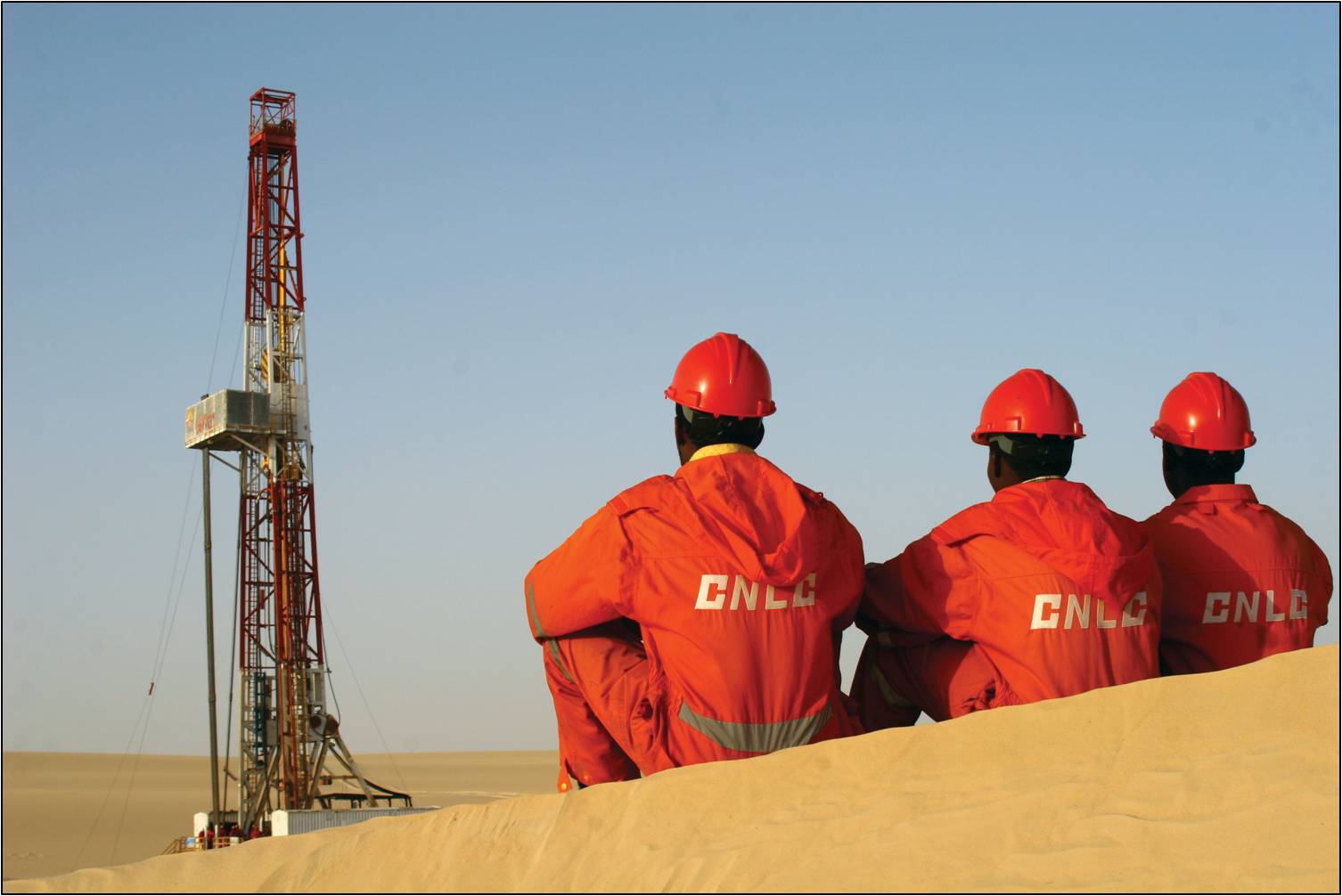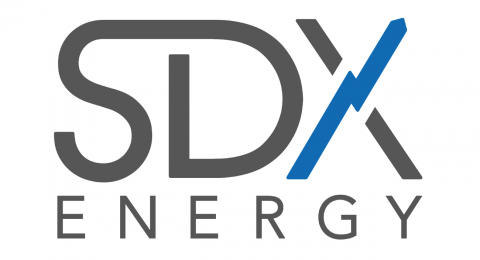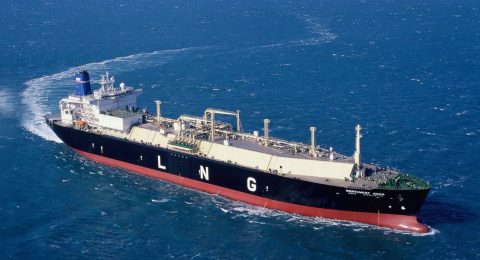China will cut special government subsidies for shale gas developers in the next five years even as the country encourages explorers to produce more clean energy such as natural gas to replace coal.
The subsidies will be cut to 0.3 yuan per square meters from 2016 to 2018, and to 0.2 yuan from 2019 to 2020, China’s finance ministry said in a statement today, citing industrial development polices, technology advancement and cost changes as reasons, without elaborating.
Energy executives including PetroChina Co. Chairman Zhou Jiping have urged the government to extend the current 0.4 yuan per square meter subsidy to 2020 or 2030 to spur growth in the usage of shale gas.
The subsidy reduction will ’’certainly make it more challenging’’ for shale gas developers to keep already high production costs in check, said Neil Beveridge, a Hong Kong-based analyst at Sanford C. Bernstein.
The country needs to “open the exploration licensing wider to more private players” in order to copy the success of the shale boom in the U.S., Beveridge said.
China has reduced its shale gas production target for the end of the decade to around 30 billion cubic meters, or about a third of its original goal as difficult geology, lack of infrastructure and limited exploration rights conspire against shale-gas ambitions.
China, which has the world’s largest shale gas reserves, awarded 18 companies exploration rights in two auctions in 2011 and 2012, in an attempt to replicate the U.S. shale boom and cut its reliance on imports. Only one of these, state-owned energy giant China Petroleum & Chemical Corp., has started to commercially produce the fuel. It’s bigger rival, PetroChina Co., is also producing shale gas from its own reserves in Southwest China.
While China’s 1,115 trillion cubic feet of reserves are almost double that of the U.S., it plans to produce just 6.5 billion cubic meters of shale gas this year. That compares with the 266 billion cubic meters produced by the U.S. in 2012, according to latest government data.
Source: Bloomberg












